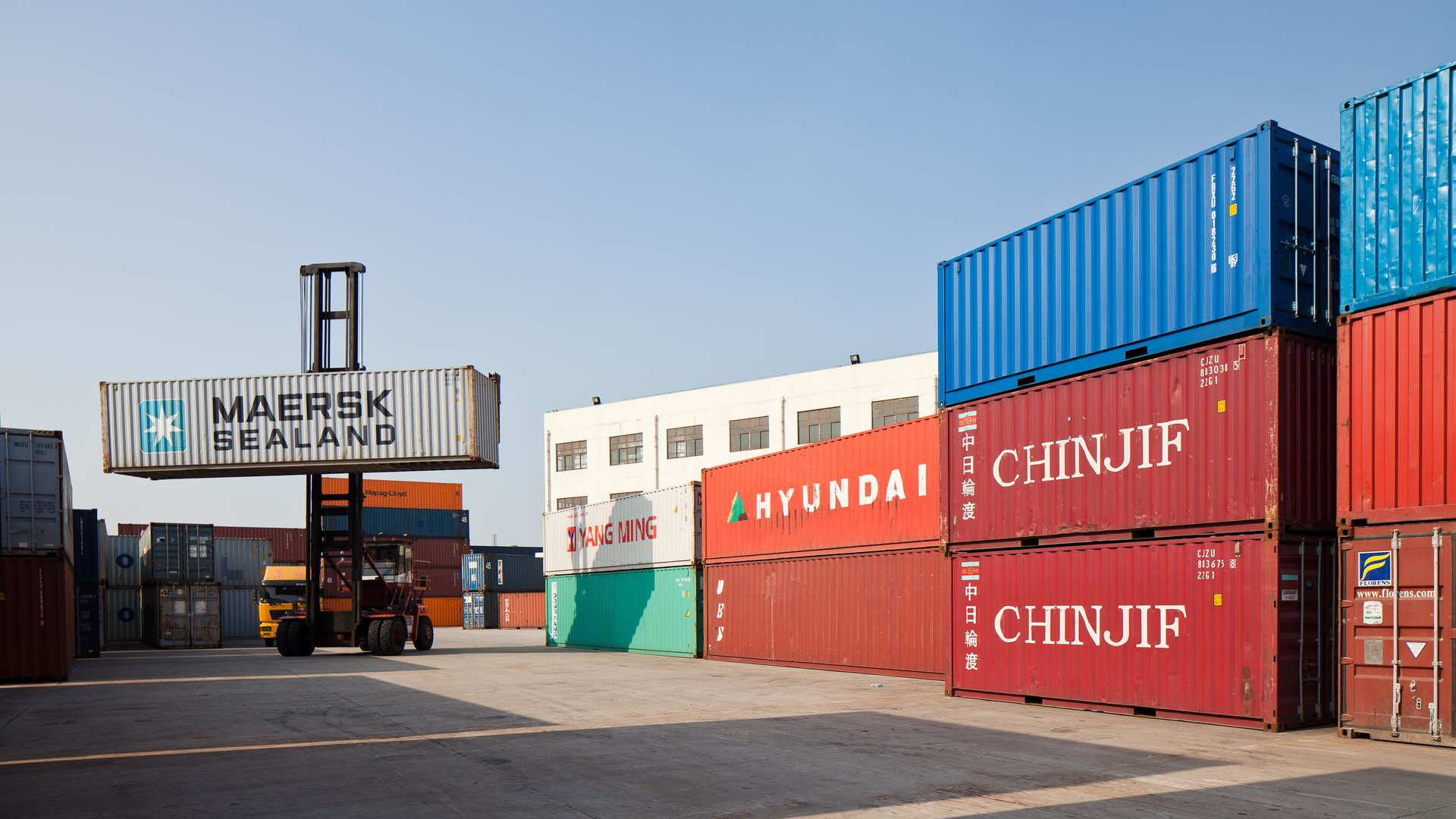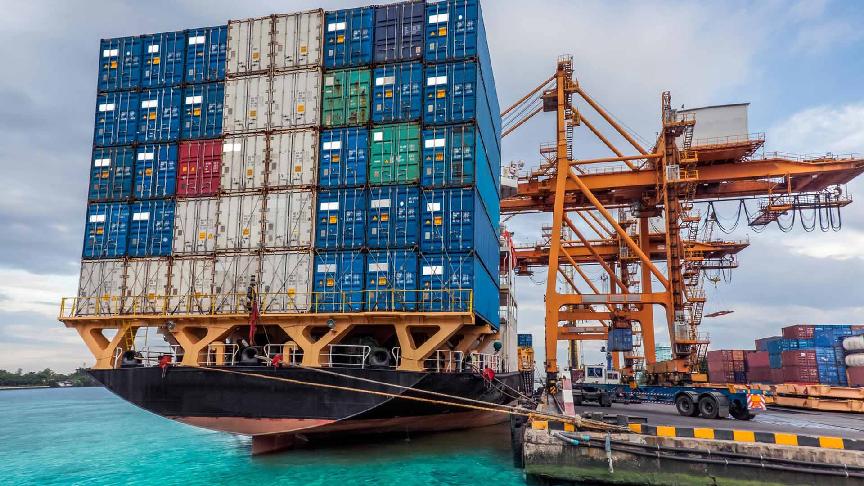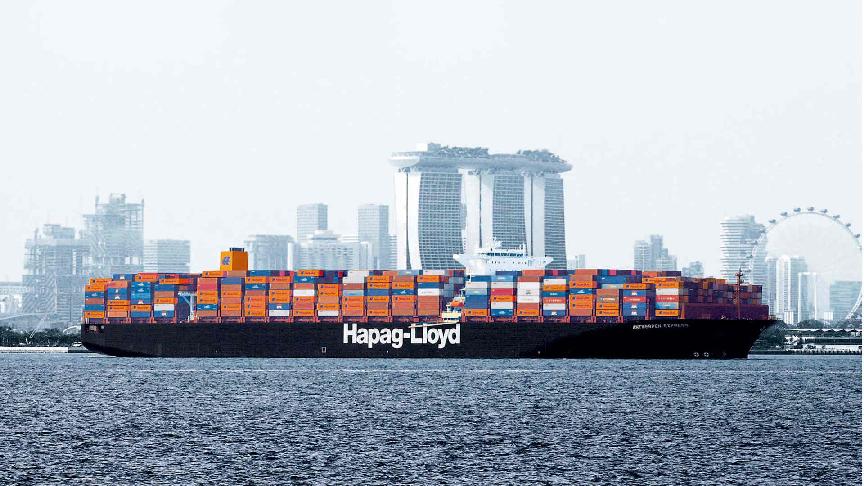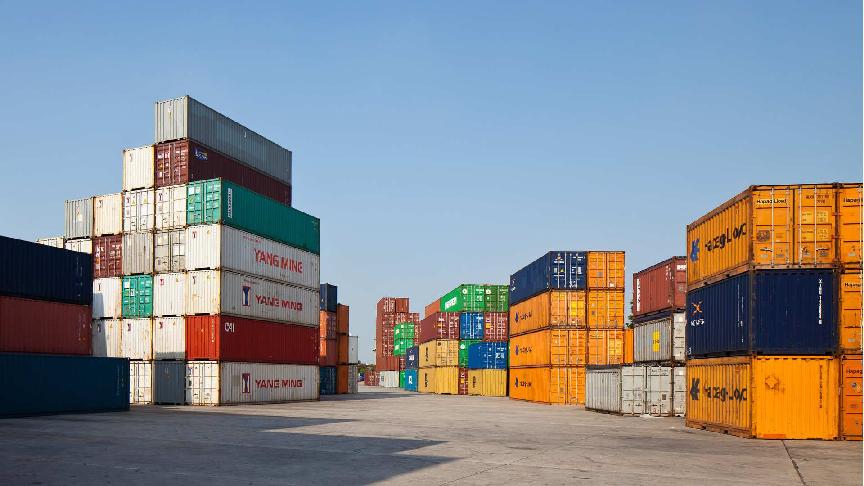28 November 2023 (Lloyd's List) - THE global pool of shipping containers is expected to contract both this year and next, after supply was rapidly increased to deal with shortages of equipment as congestion held up the movement of boxes during the pandemic.
“While stubbornly high levels of inflation in many countries is depressing demand, increasing geopolitical instability is affecting investor sentiment, with both factors depressing the growth prospects for world trade,” said Drewry container equipment research senior analyst John Fossey.
“Moreover, shipping lines and lessors, in particular, are ridding themselves of surplus boxes built up in the fleet over the past two years or so, and not replacing equipment being sold into the secondary market.”
Drewry forecasts that the pool of available equipment will decline by 2.6% this year, and again in 2024, marking the first contraction since the global financial crisis when the number of containers in service fell by almost 4%.
“The most serious oversupply of equipment is in the 40 ft-high cube segment, because in late 2020 and throughout 2021, this was the type of box that was in greatest demand,” Fossey said.
“In 2021, this size of container accounted for over 85% of all dry freight containers produced and this in a year of record production when in excess of 6.6m teu were produced. The scale of oversupply means that any equilibrium for 40 ft-high cube containers is unlikely to occur before 2025, unless of course there is a sharp turnaround in trade.”
But with few signs of improvement in the market, carriers and lessors have reduced their orderbooks to less than 1.1m teu in 2023. Drewry expects there will be a need to replenish ageing containers next year, as equipment built during a boom in 2006-2008 comes to the end of its life.
“The recovery in container production anticipated from 2024 is based on both a modest recovery in trade, as well as the ongoing capture by container shipping of cargo from other sectors of the freight transport industry,” Fossey said.
“Specifically, the containerised mode is expected to make further inroads into specialised reefer shipping and perishables sectors of the airfreight business, and to take some market share from ro-ro and breakbulk vessels when it comes to moving project and out-of-gauge cargo. This will drive the demand for reefer and special dry freight containers, such as
open-tops and flatracks.”
By 2027, Drewry estimates that the global pool of containers will have increased 7% over the years from 2023.







